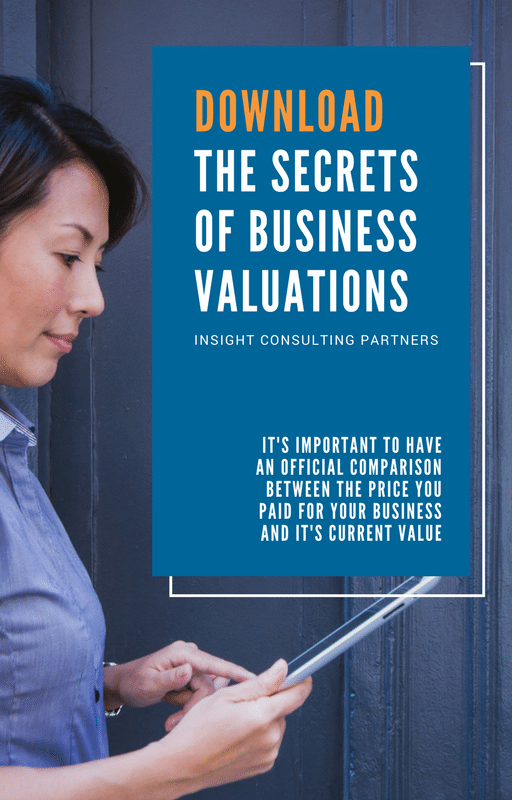Investors and analysts use a variety of metrics to assess a company’s financial health and future potential. One such metric is Return on Assets (ROA), a powerful tool that sheds light on how efficiently a company utilizes its resources to generate profits.
What is Return on Assets and Why Does it Matter?
Imagine a company as a well-oiled machine. Every company has assets – tangible things like machinery and inventory, or intangible assets like brand recognition. These assets represent the company’s investment. ROA tells you how much output (profit) this machine produces for every unit of input (assets). The higher the Return on Assets, the better the company is at converting its assets into profits.
Why does this matter? Because efficiency is a hallmark of a financially strong company. A company that can consistently generate high profits from its existing assets is better positioned for future growth. It can reinvest those profits in research and development, expand into new markets, or reward shareholders with dividends. Conversely, a company with a low ROA might be struggling to squeeze profits out of its assets. This could indicate inefficiencies in its operations, outdated equipment, or even poor management decisions.
Calculating Return on Assets
The beauty of ROA lies in its straightforward calculation. Just divide a company’s net income (profit after expenses) by its total assets (everything the company owns). Here’s the formula for your reference:
ROA = Net Income / Total Assets
Interpreting ROA: A Contextual Approach
While a high ROA is generally a cause for celebration, it’s crucial to interpret this metric within context. Here are some key considerations:
-
Industry Matters: Imagine comparing the Return on Assets of a software company with a minimal physical footprint to a manufacturing company with warehouses full of inventory and heavy machinery. The software company’s assets will naturally be lower, leading to a seemingly inflated ROA. To get a more accurate picture, it’s best to compare ROA within the same industry. Companies in similar sectors will have a more comparable asset base, allowing for a fairer evaluation of their efficiency.
-
Debt and ROA: Unlike Return on Equity (ROE), which focuses solely on shareholder investment, ROA factors in a company’s debt. This means companies with higher debt levels might have a slightly boosted ROA. Think of it like leverage – debt financing allows companies to acquire more assets, potentially leading to higher profits. However, excessive debt can also be risky, so it’s important to consider a company’ debt-to-equity ratio alongside ROA for a more comprehensive picture.
-
Trends Over Time: A single year’s ROA snapshot might not tell the whole story. Looking at ROA trends over a period of several years can be more insightful. A consistently rising ROA indicates a company is becoming increasingly adept at utilizing its assets, a positive sign for investors seeking companies with strong growth potential. Conversely, a declining ROA over time might suggest overinvestment in underperforming assets or inefficiencies that are hindering profitability. This could be a red flag for investors, signaling potential future trouble.
- The Takeaway: Return on Assets – A Valuable Piece of the Puzzle
ROA is a valuable metric for investors and analysts alike. It provides insights into a company’s efficiency, profitability, and potential for growth. By understanding ROA and its limitations, investors can make more informed decisions when evaluating companies and their investment potential. Remember, ROA is just one piece of the puzzle, but it’s a crucial one that helps paint a clearer picture of a company’s true worth in the ever-evolving investment landscape.
Read our other blogs:
Future-Proofing Your Business: How Great Valuations Can Help
Building a Strong Business Continuity Plan

